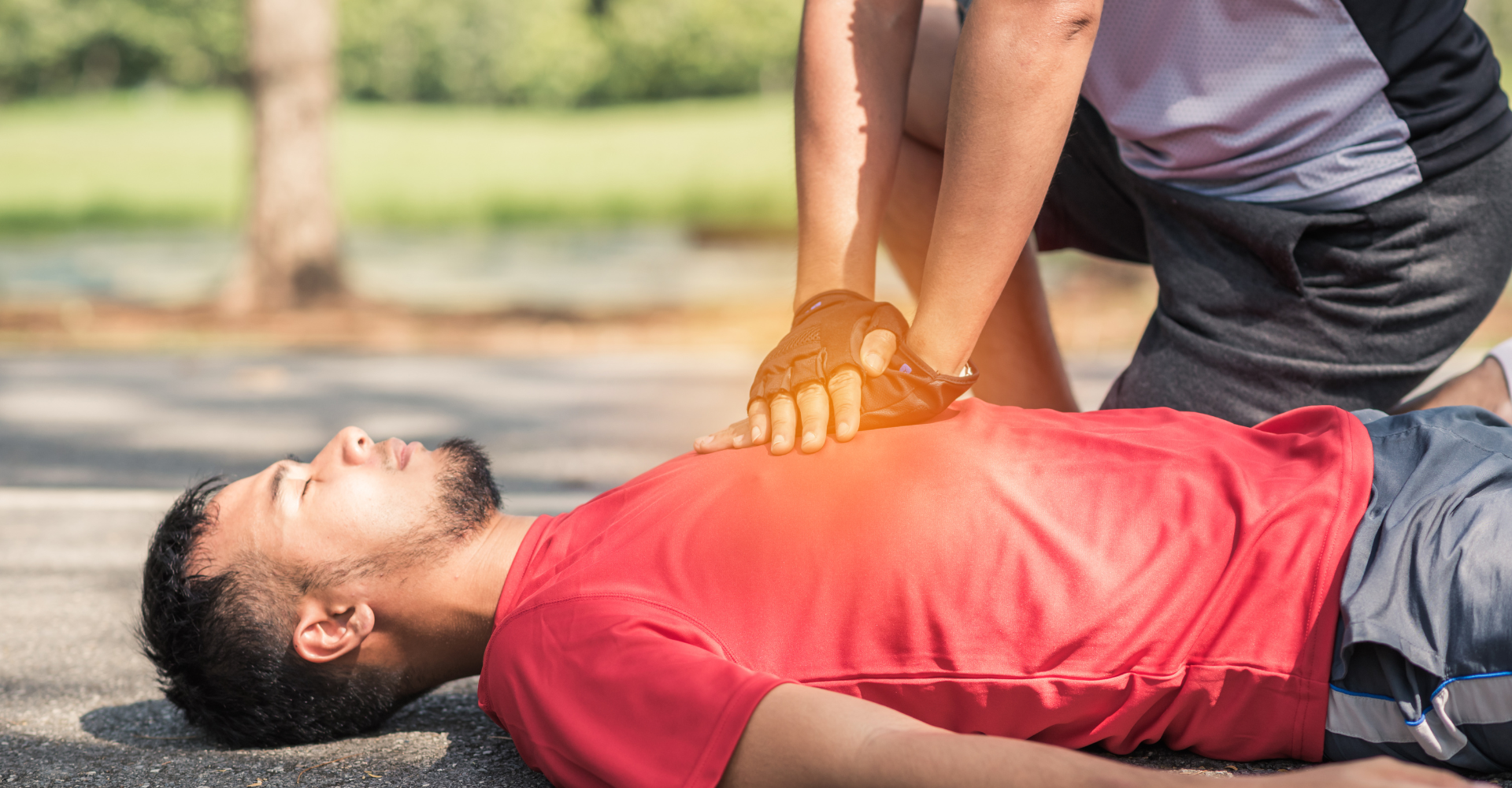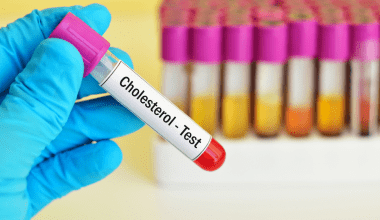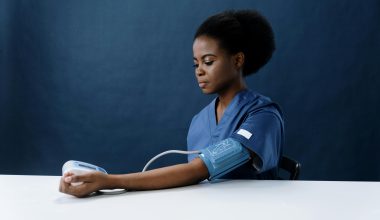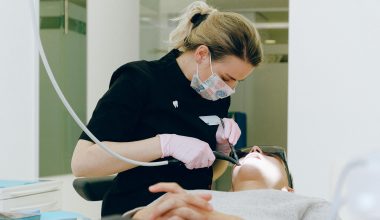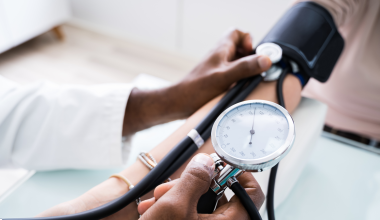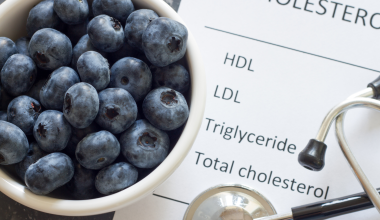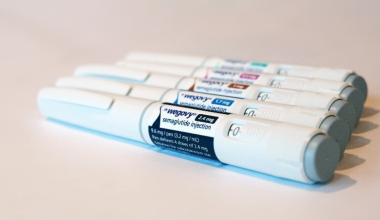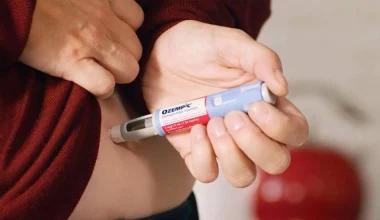Cardiac arrest can happen to anyone, at anytime. According to a new report by Heart and Stroke approximately 60,000 out-of-hospital cardiac arrests are happening in Canada each year – that is one every nine minutes. The new data also indicates that nearly half of cardiac arrests happen to people under the age of 65.
Unfortunately, only one in 10 people who experience a cardiac arrest out of hospital survive. And perhaps most importantly, seven out of ten cardiac arrests happen in front of bystanders, however less than 20% of lay bystanders end up providing first aid.

Fast Action Saves Lives
Cardiac arrest means the heart has stopped beating. The lack of blood flow to the brain and other organs can cause a person to lose consciousness, become disabled or die if not treated immediately.
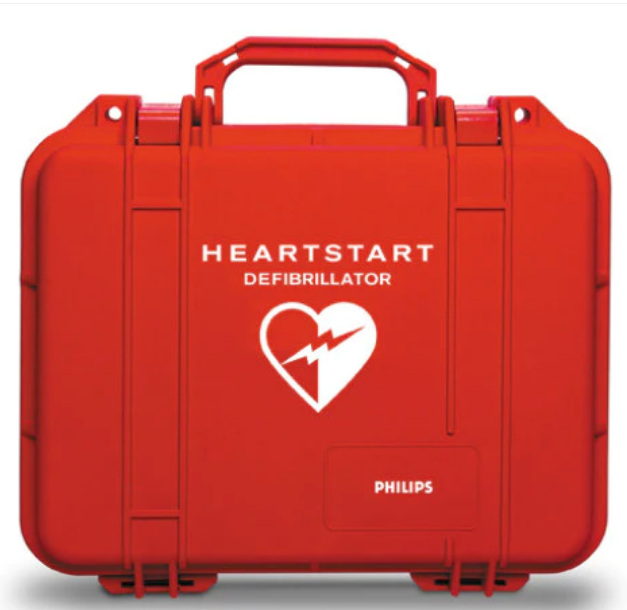
Immediate Cardiopulmonary Resuscitation (CPR) keeps the blood pumping to keep the brain and other vital organs alive and an AED (automated external defibrillator) will shock the heart to help it restart. Survival drops significantly every minute without these life-saving measures.
Quebec actor, singer and director Robert Marien was playing hockey at a local arena, when he suddenly collapsed on the ice. He was fortunate that his teammates and others at the arena recognized what was happening and knew what to do: they called 9-1-1 immediately, started CPR and got an AED.
“I was so lucky! Everything was in place to save my life. I am extremely grateful for that chain of survival,” says Robert. He now advocates for increasing public access to defibrillation. “It is simple,” he says. “AEDs should be as common as fire extinguishers.”
Signs of Cardiac Arrest
The reality is that bystanders are instrumental in saving the lives of people in cardiac arrest. Until help arrives, you can literally mean the difference between life and death. But how do you know someone is in cardiac arrest? There are four very clear signs:
- Sudden collapse.
- No pulse.
- No breathing.
- Loss of consciousness.
If you are with someone who suddenly displays these symptoms, act fast. Know how to perform CPR and how to use an AED if one is available.
How To Perform CPR and Use an AED
The number of Canadians who know how to do CPR vary from 42% to 72%, according to Heart and Stroke. This lack of knowledge leaves many Canadians vulnerable should they experience cardiac arrest.
Any CPR is better than no CPR. If you are not comfortable with mouth to mouth resuscitation, perform compression-only CPR.
Watch the video below from the Canadian Red Cross to learn how to do adult CPR (12+) and use an AED if one is available. Prior to starting CPR ensure that someone is calling 911 while you administer CPR.
Hands-only (compression) CPR is also a viable technique and should be used if you are not comfortable with mouth to mouth. Use The Bee Gees’ “Stayin’ Alive” as the perfect beat for hitting the 100-120 beats per minute required for ideal chest compressions.
CPR and AED’s for Infants and Children
AED’s were developed for use in adults; however, they can also be used for children who weigh less than 55 pounds with the application of pediatric pads. Child pads are made for smaller chests, and they deliver a lower intensity shock more suitable for a child’s heart.
Apply one pad to the front of the chest and the other to the child’s back so that the pads do not come into contact with one another.
Once the pads are attached, follow the instructions given by the AED.
Watch the video below to learn how to perform CPR on a child aged one to puberty demonstrated by Linda Nylander-Housholder, APRN.
Infant (up to 1 year) CPR differs from other CPR in certain aspects of the technique. Watch the step-by-step instructions below on how to perform CPR on an infant.
If you’re unsure of the impact CPR can make, listen to the incredible story of the longest known successful CPR intervention retold on the podcast Rescue.
Make sure you share this article with everyone in your circle. Knowing how to do CPR and use an AED can save your life, or the life of someone you love.
The information provided on TheHealthInsider.ca is for educational purposes only and does not substitute for professional medical advice. TheHealthInsider.ca advises consulting a medical professional or healthcare provider when seeking medical advice, diagnoses, or treatment.

